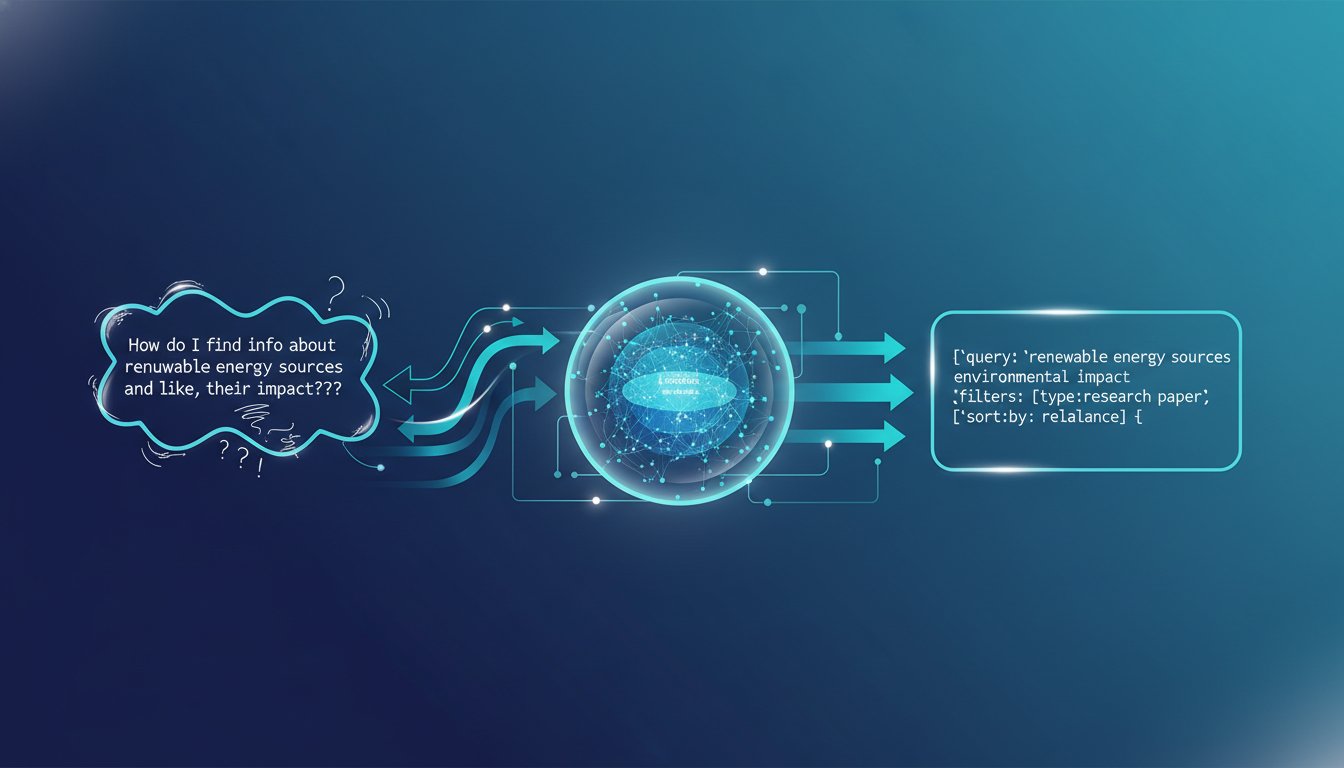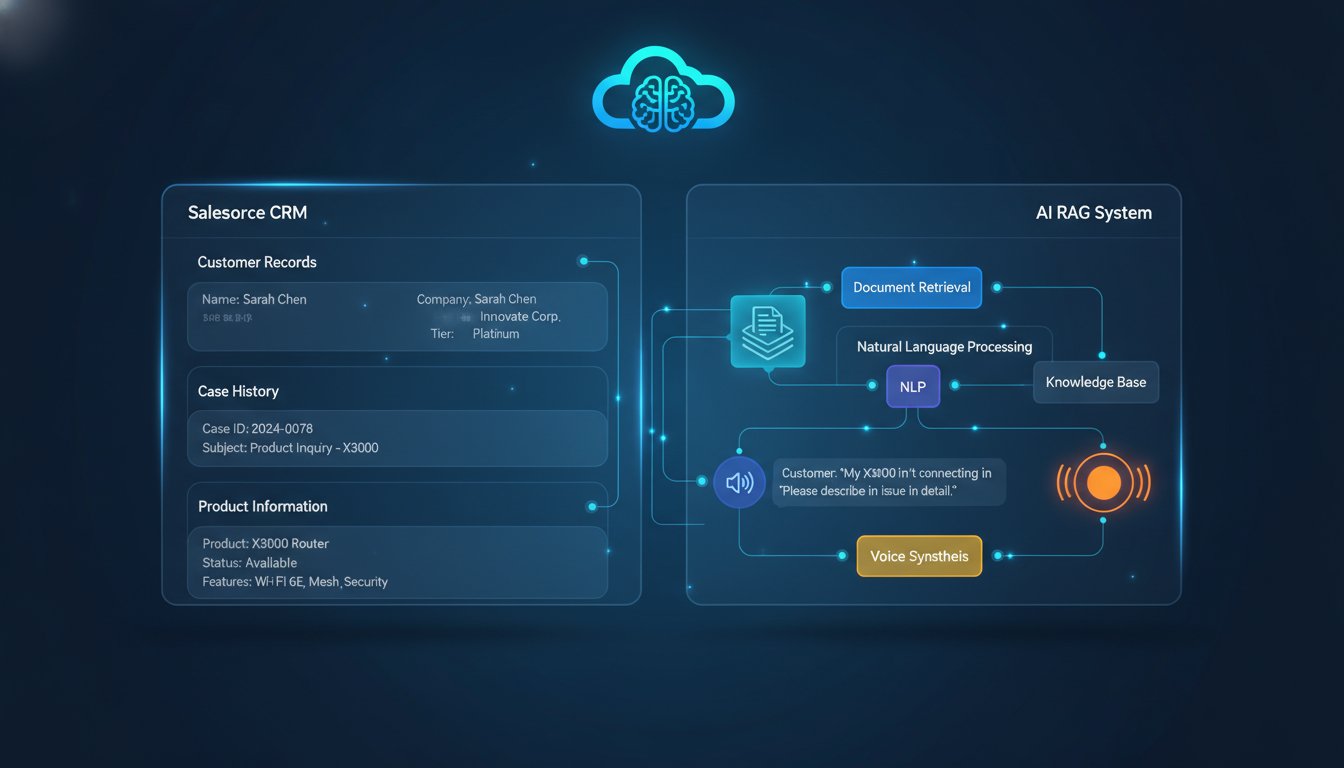The enterprise AI landscape is experiencing a seismic shift. While traditional vector-based RAG systems have dominated the market, a new paradigm is emerging that promises to revolutionize how organizations handle complex, interconnected data. Graph RAG represents the next evolution in retrieval-augmented generation, offering unprecedented capabilities for understanding relationships, context, and semantic connections that vector databases simply cannot match.
Imagine a customer service system that doesn’t just retrieve isolated product information, but understands the intricate relationships between products, customers, purchase history, and support interactions. Or consider a legal research tool that can navigate complex case law dependencies, regulatory hierarchies, and precedent chains with the precision of a seasoned attorney. This isn’t science fiction—it’s the reality that Graph RAG delivers today.
The challenge facing most enterprises isn’t a lack of data; it’s the inability to understand and leverage the complex relationships within that data. Traditional RAG systems treat information as isolated chunks, missing the critical connections that often contain the most valuable insights. Graph RAG solves this fundamental limitation by representing knowledge as interconnected nodes and relationships, enabling AI systems to reason about data in ways that mirror human cognitive processes.
In this comprehensive guide, we’ll walk through building a production-ready Graph RAG system using Neo4j and LangChain. You’ll learn how to design graph schemas, implement sophisticated retrieval strategies, and deploy systems that can handle enterprise-scale workloads. Whether you’re a data scientist, AI engineer, or technical leader, this implementation will provide you with the practical knowledge needed to transform your organization’s approach to knowledge management and AI-powered decision making.
Understanding Graph RAG Architecture: Beyond Traditional Vector Search
Graph RAG fundamentally reimagines how we structure and retrieve information for large language models. Unlike vector RAG systems that rely on embedding similarity, Graph RAG leverages the inherent relationships between data points to provide contextually rich, semantically accurate responses.
The architecture consists of three core components: the knowledge graph layer, the retrieval orchestration engine, and the generation enhancement module. The knowledge graph layer, typically implemented using Neo4j, stores entities as nodes and relationships as edges, creating a rich semantic network. This structure enables complex queries that can traverse multiple relationship types and depths, uncovering insights that would be impossible with traditional vector search.
The retrieval orchestration engine, built with LangChain, manages the interaction between natural language queries and graph traversal algorithms. This component translates user questions into Cypher queries, executes graph traversals, and assembles relevant subgraphs for context injection. The sophistication of this layer determines the system’s ability to understand complex queries and retrieve truly relevant information.
The generation enhancement module integrates retrieved graph contexts with large language models, ensuring that responses are grounded in the structured knowledge while maintaining natural language fluency. This component handles context assembly, prompt engineering, and response validation, creating a seamless bridge between graph-based knowledge and conversational AI.
Graph Schema Design for Enterprise Data
Effective Graph RAG begins with thoughtful schema design. Your graph schema must capture not just entities and relationships, but also the metadata and constraints that govern your domain. Start by identifying the core entity types in your knowledge domain—these become your primary node labels.
For a customer service application, your schema might include Customer, Product, Order, SupportTicket, and KnowledgeArticle nodes. Each node type should contain properties that enable both identification and semantic understanding. Customer nodes might include demographic information, purchase history summaries, and preference indicators, while Product nodes contain specifications, categories, and relationship hierarchies.
Relationship design is where Graph RAG truly shines. Define relationships that capture both explicit connections (Customer PURCHASED Product) and implicit associations (Product SIMILAR_TO Product, Customer INTERESTED_IN Category). Include relationship properties that add temporal, contextual, or confidence dimensions to these connections.
Consider implementing hierarchical relationships that enable multi-level reasoning. A Product might BELONG_TO a Category, which PART_OF a ProductLine, which OFFERED_BY a BusinessUnit. This hierarchy enables queries that can reason at different levels of abstraction, providing both specific and general insights as needed.
Implementing Neo4j Knowledge Graph Infrastructure
Neo4j serves as the backbone of our Graph RAG system, providing the scalability and query performance needed for enterprise applications. Begin by establishing your Neo4j environment with appropriate clustering and security configurations for production deployment.
from neo4j import GraphDatabase
from langchain_community.graphs import Neo4jGraph
import os
class GraphRAGInfrastructure:
def __init__(self, uri, username, password, database="neo4j"):
self.driver = GraphDatabase.driver(uri, auth=(username, password))
self.graph = Neo4jGraph(
url=uri,
username=username,
password=password,
database=database
)
def create_constraints_and_indexes(self):
"""Establish performance optimizations for graph queries"""
constraints = [
"CREATE CONSTRAINT entity_id IF NOT EXISTS FOR (e:Entity) REQUIRE e.id IS UNIQUE",
"CREATE CONSTRAINT document_id IF NOT EXISTS FOR (d:Document) REQUIRE d.id IS UNIQUE",
"CREATE CONSTRAINT chunk_id IF NOT EXISTS FOR (c:Chunk) REQUIRE c.id IS UNIQUE"
]
indexes = [
"CREATE INDEX entity_name_index IF NOT EXISTS FOR (e:Entity) ON (e.name)",
"CREATE INDEX chunk_content_index IF NOT EXISTS FOR (c:Chunk) ON (c.content)",
"CREATE FULLTEXT INDEX entity_search IF NOT EXISTS FOR (e:Entity) ON EACH [e.name, e.description]"
]
with self.driver.session() as session:
for constraint in constraints:
session.run(constraint)
for index in indexes:
session.run(index)
Data ingestion requires careful consideration of both performance and data quality. Implement batch processing workflows that can handle large document collections while maintaining referential integrity. Use Neo4j’s MERGE operations to handle entity deduplication and relationship updates gracefully.
The ingestion pipeline should extract entities using named entity recognition, identify relationships through dependency parsing and co-occurrence analysis, and resolve entities to canonical forms. This process creates a rich, interconnected knowledge graph that serves as the foundation for sophisticated retrieval operations.
Advanced Retrieval Strategies with Cypher and LangChain
Graph RAG’s power lies in its ability to execute complex retrieval strategies that consider multiple relationship types and traversal paths. LangChain’s integration with Neo4j enables sophisticated query generation that translates natural language questions into effective graph traversals.
from langchain.chains import GraphCypherQAChain
from langchain_openai import ChatOpenAI
from langchain.prompts import PromptTemplate
class AdvancedGraphRetriever:
def __init__(self, graph, llm):
self.graph = graph
self.llm = llm
self.setup_retrieval_chains()
def setup_retrieval_chains(self):
# Multi-hop relationship traversal
self.cypher_generation_template = PromptTemplate(
input_variables=["schema", "question"],
template="""
You are a Neo4j expert. Given the graph schema and question, generate a Cypher query.
Schema: {schema}
Question: {question}
Consider these retrieval patterns:
1. Direct entity relationships
2. Multi-hop traversals up to 3 degrees
3. Similarity-based clustering
4. Temporal relationship analysis
Generate only the Cypher query, no explanation.
"""
)
self.qa_chain = GraphCypherQAChain.from_llm(
llm=self.llm,
graph=self.graph,
verbose=True,
cypher_prompt=self.cypher_generation_template
)
def hybrid_retrieval(self, query, max_results=10):
"""Combine multiple retrieval strategies for comprehensive results"""
# Strategy 1: Direct entity matching
direct_results = self._direct_entity_search(query)
# Strategy 2: Relationship traversal
traversal_results = self._relationship_traversal(query)
# Strategy 3: Semantic similarity within graph context
semantic_results = self._semantic_graph_search(query)
# Combine and rank results
combined_results = self._rank_and_combine_results(
direct_results, traversal_results, semantic_results
)
return combined_results[:max_results]
Implement retrieval strategies that leverage graph structure for enhanced context understanding. Multi-hop traversals can uncover indirect relationships, while centrality-based ranking can identify the most influential nodes in query-relevant subgraphs. Combine these structural approaches with semantic similarity to create hybrid retrieval that outperforms traditional vector search.
Consider implementing query expansion techniques that use graph relationships to broaden search scope. If a user asks about “customer satisfaction,” the system might expand to include related concepts like “support tickets,” “product reviews,” and “retention metrics” based on graph relationships.
Production Deployment and Performance Optimization
Deploying Graph RAG systems at enterprise scale requires careful attention to performance, scalability, and reliability. Neo4j clustering provides horizontal scalability for read-heavy workloads, while proper indexing strategies ensure sub-second query response times even with millions of nodes and relationships.
Scaling Strategies for Enterprise Workloads
Implement read replicas to distribute query load across multiple Neo4j instances. Configure causal clustering for high availability and automatic failover capabilities. Use connection pooling and query result caching to minimize database overhead and improve response times.
class ProductionGraphRAG:
def __init__(self, cluster_endpoints, cache_backend="redis"):
self.read_pool = self._setup_read_replicas(cluster_endpoints)
self.cache = self._setup_caching(cache_backend)
self.query_optimizer = QueryOptimizer()
def _setup_read_replicas(self, endpoints):
"""Configure load-balanced read replicas"""
return [
GraphDatabase.driver(endpoint, auth=(username, password))
for endpoint in endpoints
]
def optimized_query(self, cypher_query, parameters=None):
"""Execute queries with caching and load balancing"""
query_hash = self._hash_query(cypher_query, parameters)
# Check cache first
cached_result = self.cache.get(query_hash)
if cached_result:
return cached_result
# Optimize query structure
optimized_query = self.query_optimizer.optimize(cypher_query)
# Execute on least loaded replica
replica = self._select_optimal_replica()
result = replica.session().run(optimized_query, parameters)
# Cache results
self.cache.set(query_hash, result, ttl=300)
return result
Monitor query performance using Neo4j’s built-in profiling tools and implement query optimization strategies. Use EXPLAIN and PROFILE commands to identify bottlenecks and optimize index usage. Consider implementing query result materialization for frequently accessed patterns.
Implement comprehensive logging and monitoring to track system performance, query patterns, and error rates. Use these insights to continuously optimize graph schema, indexing strategies, and retrieval algorithms.
Security and Governance for Enterprise Graph Data
Enterprise Graph RAG systems must implement robust security measures to protect sensitive data and ensure compliance with regulatory requirements. Implement role-based access control that restricts both graph traversal depth and accessible node types based on user permissions.
class SecureGraphRAG:
def __init__(self, graph, user_permissions):
self.graph = graph
self.permissions = user_permissions
self.audit_logger = AuditLogger()
def secure_query(self, user_id, query, context=None):
"""Execute queries with security constraints"""
user_perms = self.permissions.get_user_permissions(user_id)
# Validate query against user permissions
if not self._validate_query_permissions(query, user_perms):
self.audit_logger.log_unauthorized_access(user_id, query)
raise SecurityError("Insufficient permissions for requested data")
# Apply data filtering based on user access level
filtered_query = self._apply_security_filters(query, user_perms)
# Execute and log access
result = self.graph.query(filtered_query)
self.audit_logger.log_data_access(user_id, query, len(result))
return self._sanitize_results(result, user_perms)
Implement data lineage tracking to maintain transparency about information sources and transformations. This capability becomes crucial for regulatory compliance and debugging complex multi-hop retrieval scenarios.
Consider implementing differential privacy techniques for sensitive datasets and encryption for data at rest and in transit. Regular security audits and penetration testing ensure ongoing protection against evolving threats.
The future of enterprise AI lies in systems that can understand and reason about complex, interconnected data. Graph RAG represents a fundamental advancement in this direction, offering capabilities that transform how organizations leverage their knowledge assets. By implementing the architecture, optimization strategies, and security measures outlined in this guide, you’re not just building another AI system—you’re creating an intelligent knowledge platform that can evolve with your organization’s growing complexity and sophistication.
Your Graph RAG implementation will serve as the foundation for more advanced capabilities: multi-modal knowledge integration, real-time graph updates, and eventually, autonomous knowledge discovery and relationship inference. The investment you make in building robust Graph RAG infrastructure today will compound as these technologies mature, positioning your organization at the forefront of the AI-driven knowledge economy. Ready to transform how your organization understands and leverages its data? Start with a pilot implementation focusing on your most complex, relationship-rich use case, and experience firsthand how Graph RAG can unlock insights that traditional systems simply cannot reach.




